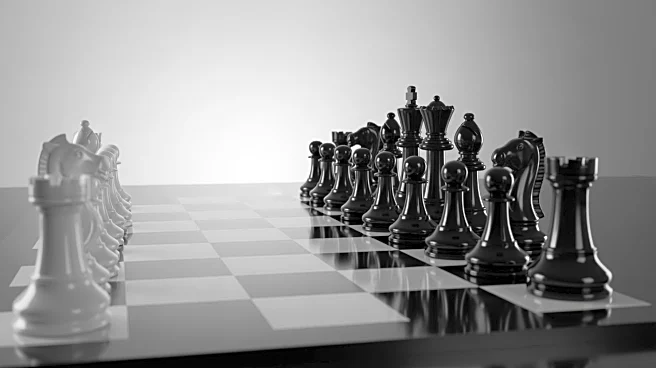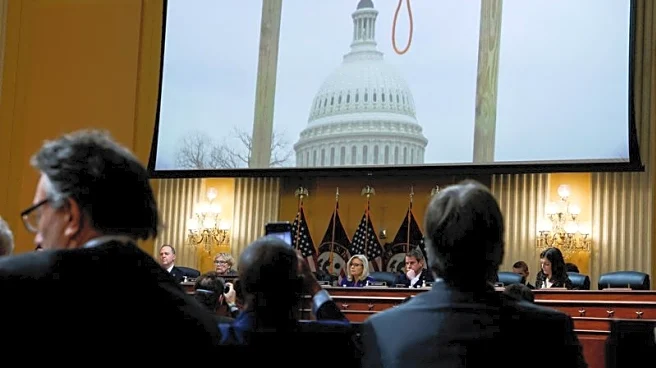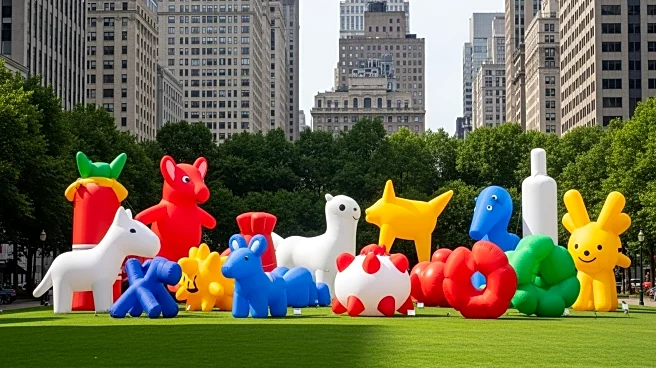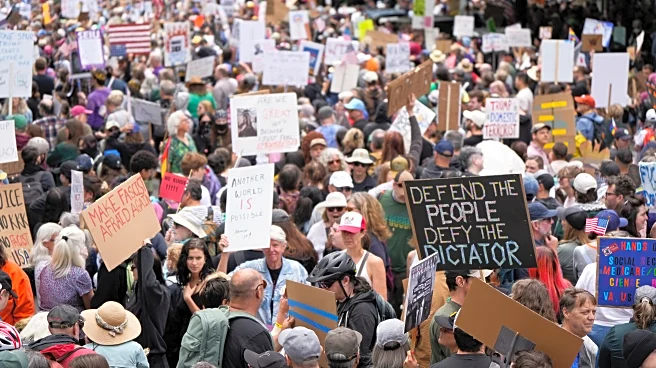What's Happening?
Musician Kenny Loggins has requested the removal of his song 'Danger Zone' from an AI-generated video posted by President Trump on his Truth Social account. The video, which features Trump wearing a crown
in a jet labeled 'King Trump' and dropping brown sludge on protesters, has drawn criticism. Loggins stated that his music was used without permission and expressed his disapproval of its association with divisive content. The video was posted amid nationwide 'No Kings' protests against perceived authoritarianism under Trump's administration.
Why It's Important?
The use of AI-generated content by President Trump highlights ongoing concerns about synthetic media in political discourse. Loggins' objection underscores the ethical implications of using artistic works without consent, especially in politically charged contexts. The protests reflect significant public dissent against Trump's leadership style, suggesting a polarized political climate. The incident may influence public perception of AI's role in politics and the responsibilities of public figures in using such technology.
What's Next?
Kenny Loggins has demanded the immediate removal of his music from the video, which could lead to legal actions if not addressed. The protests, involving millions across the U.S., may prompt further demonstrations or political actions. Trump's continued use of AI-generated media could provoke additional scrutiny and debate over its impact on public opinion and political engagement. Stakeholders, including artists and political leaders, may seek clearer guidelines on the ethical use of AI in media.
Beyond the Headlines
The controversy raises questions about the intersection of technology, art, and politics. It highlights the potential for AI to amplify political messages and the need for ethical standards in its application. The incident may influence future discussions on intellectual property rights in the digital age, particularly concerning AI-generated content. It also reflects broader societal debates on unity versus division in political rhetoric.













